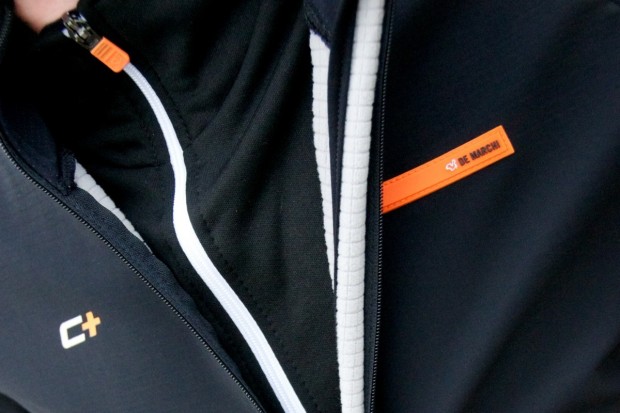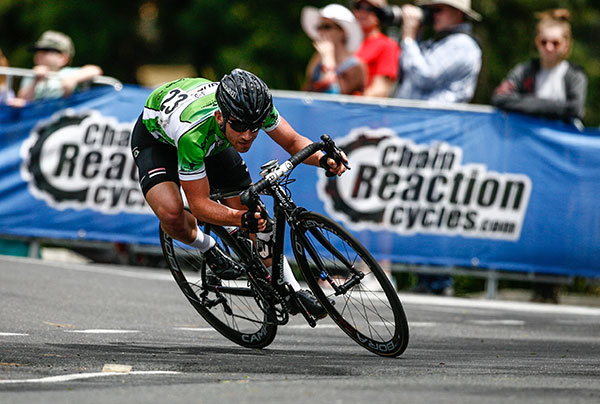All wrapped up
There can be few sports with as much or as varied clothing to place at the sportsman’s disposal than cycling. Base layers (long-sleeve, short-sleeve, merino or polyester) mid-layers, soft shells, jackets (windproof, waterproof or both), gilets, overshoes, gloves, leggings (three-quarters, full-length, shorts and leg warmers)…the list is seemingly endless.
While choosing a suitable combination could take you until March, here are three pointers to remove the guesswork.

1) A summer outfit of bib-shorts, short sleeve jersey, and base layer in not redundant if you’re riding in double digit temperatures likely to peak in the low teens. Dress it up with a gilet, and warmers.
2) Accessories like gloves, overshoes, hats, and warmers are significantly cheaper than bib-tights, jackets, jerseys, etc. and offer a higher ‘bang for buck’. It’s important to keep your core warm, of course, but your extremities will feel the bite of winter first. Keep your hands, feet, and head warm and you’ll be more than half-way to a comfortable ride.
3) A good softshell jacket should meet most of your requirements for an outer layer in the depths of winter. A fully waterproof jacket will be expensive and only of real use if you’re riding in a day of prolonged rain (most of us will opt for the turbo in such conditions). Lightweight, foldable, windproof jackets are great on mild days when worn over a lightweight summer jersey, but tend not to breathe well enough to make them a comfortable option over the heavier mid-layer you’ll need to insulate you from lower temperatures. A soft shell will offer you a bit of everything: mostly insulation, but a decent level of protection from rain and wind too.





